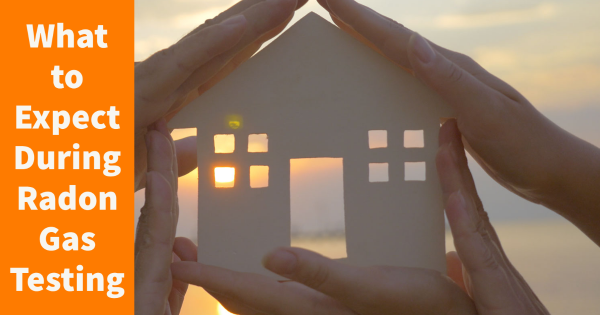Radon is a naturally occurring radioactive gas that has been linked to lung cancer. It’s not known how much radon exposure leads to an increased risk of lung cancer, but it’s certainly better to be safe than sorry. For you and your family to live in a healthy home, the EPA recommends testing homes annually for radon and fixing any leaks promptly if high levels are detected. If your home tests positive, experts recommend installing an effective mitigation system as soon as possible. The following article will cover what you need to know about radon gas testing to stay informed about this important issue.
What is Radon?
Radon is a gas that’s released from the natural breakdown of uranium in soil, rock, and water. It comes from the same element as radium and has been linked to lung cancer. In fact, according to The U.S. Environmental Protection Agency (US EPA) and the Surgeon General’s Office, it’s estimated that up to 20,000 lung cancers every year may be linked to radon exposure in the US alone.
Where Does Radon Come From?
Since it’s found naturally in soil, water, and rocks, all homes are exposed to some level of radon. High levels can be created when uranium, which exists in small amounts everywhere in the environment, breaks down. This means that you’re exposed to radon every day because it can enter your home through cracks in the basement, sump pump openings, and other areas of poor ventilation.
What to Expect During Radon Gas Testing
Testing for radon requires placing a test device in your home for at least three days. After you have the results back, the next steps will depend on whether or not your home’s levels are above or below 4 picocuries per liter (pCi/L), which is considered an average outdoor level of exposure.
There are two types of radon gas testing methods – long term and short term. The most effective test is the long-term test, which is performed over several months or years. This type of testing can give you a more accurate idea of how much radon there is in your home and whether a mitigation system needs to be installed. If you’re in a hurry, there is also a short-term test that can give you an idea of how high your radon levels are and if they should be addressed immediately.
Radon gas is an issue that many homeowners will face sooner or later. Although there are relatively easy ways to test your home, the most effective way is long-term testing.


Recent Comments